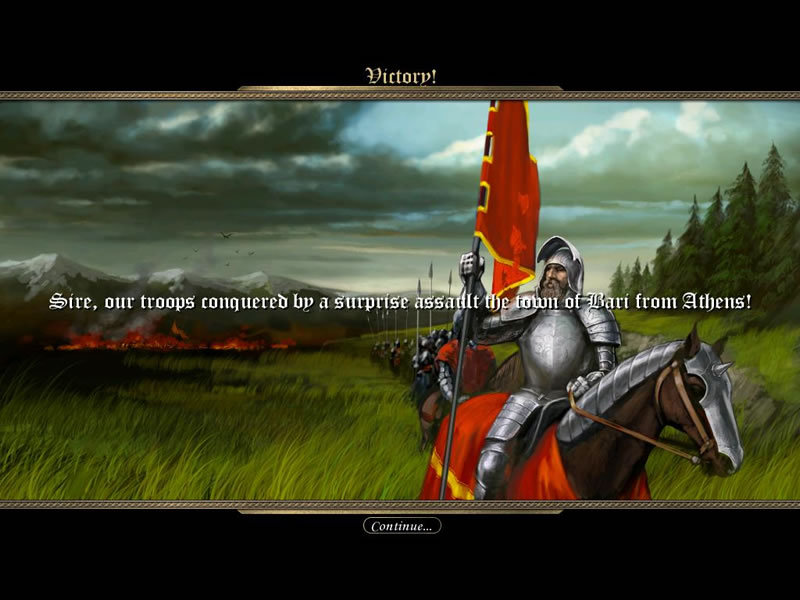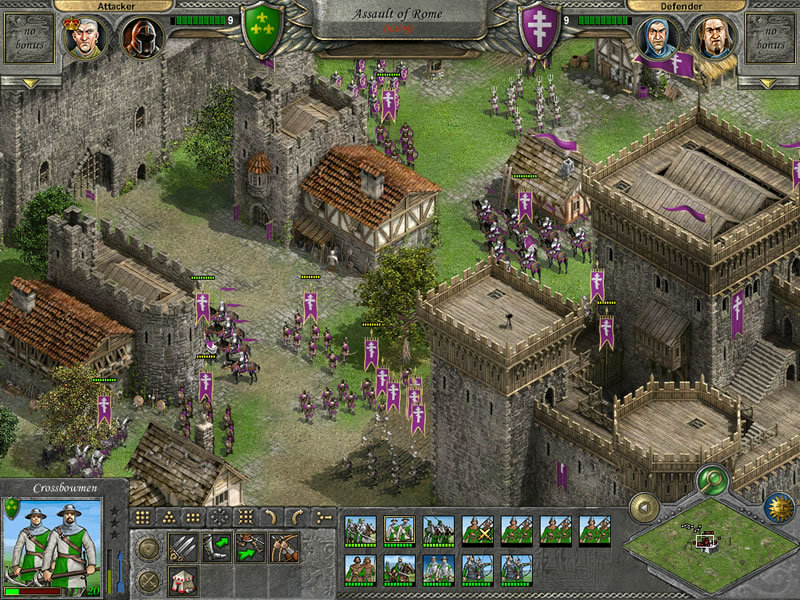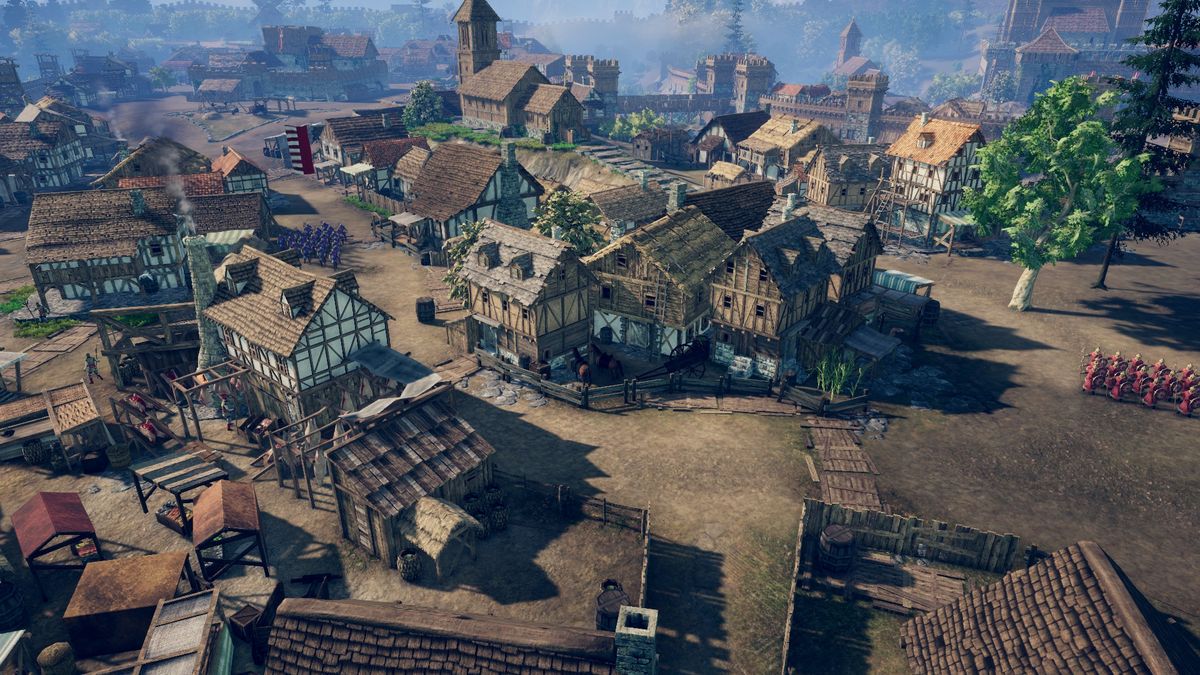

The Code of Chivalry for Knights in medieval times Knights Code of Chivalry & Duke of Burgundyĭuring the 14th century, the Duke of Burgundy broke the Knights Code of Chivalry into several virtues. Always and everywhere be right and good against evil and injustice Perform all your feudal duties as long as they do not conflict with the laws of God 8. Show no mercy and do not hesitate to make war with the infidel 7. Believe the Church’s teachings and observe all the Church’s directions 2.

It was also called the Ten Commandments of Chivalry and it included the following commands:ġ.


It introduced the concept of gallantry and several other qualities of medieval knights, such as bravery, honour and courtesy to women. However, the code of chivalry during the medieval era was understood to be a set of rules that were beyond combat. There was not an actual code so to speak. The Knights Code of Chivalry was prevalent during the dark ages and everyone understood what it entailed. These qualifications included virtues of courtesy, generosity and valor. Others defined it as the qualifications of a knight. Yet according to common definitions, the Code of Chivalry was simply the rules and customs of medieval knights. The late medieval code of chivalry however, arose from the idealization brought by the synthesis of Germanic and Roman medieval martial traditions that often involved military bravery, training, and service to others. However, according to David Crouch, a British Medieval historian, the Code of Chivalry was dated back the ancient times. It was developed between the 11th and 12th century. The Code of Chivalry was the code of conduct followed by the knights during the medieval period. More often than not, Chivalry was associated with knighthood.


 0 kommentar(er)
0 kommentar(er)
